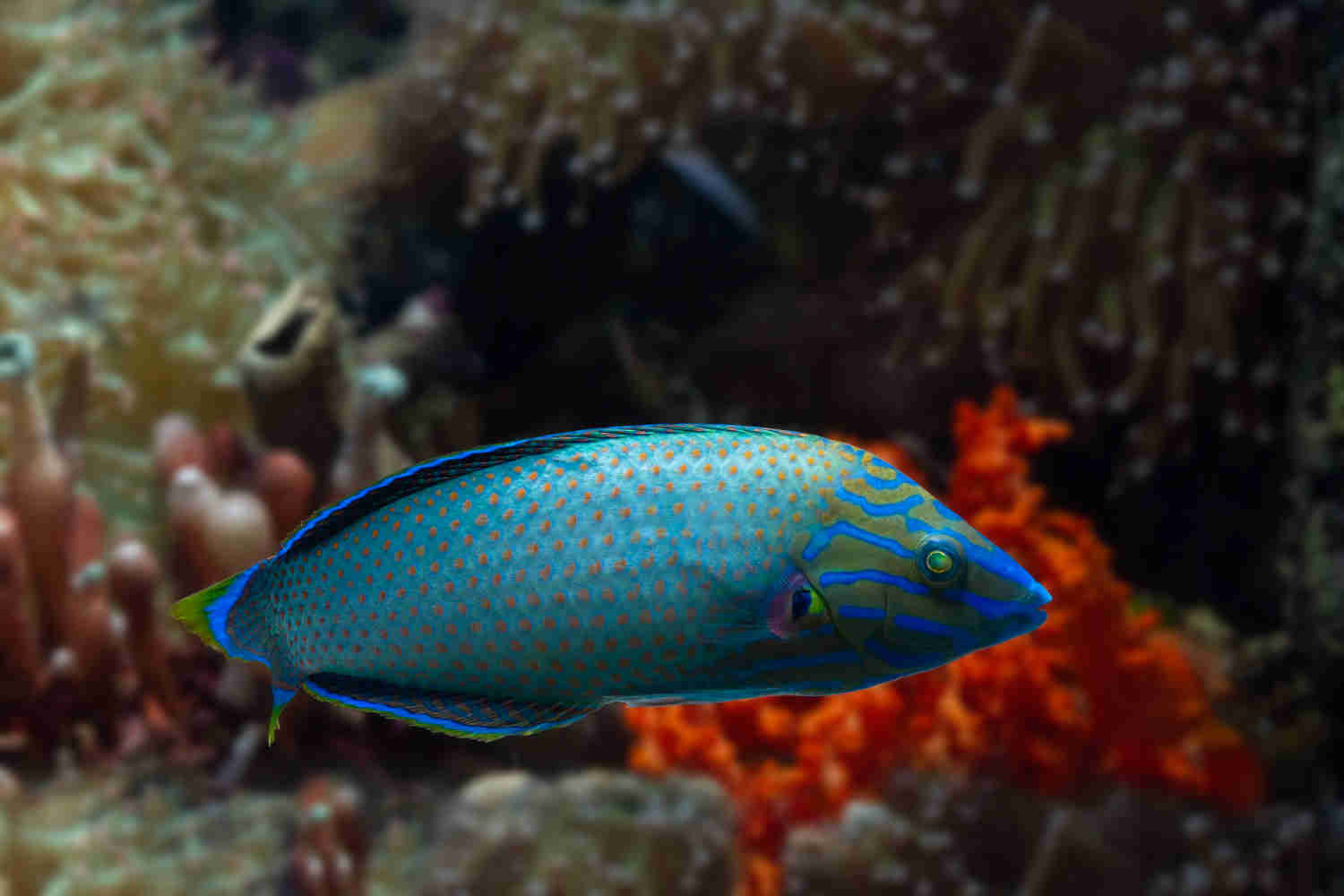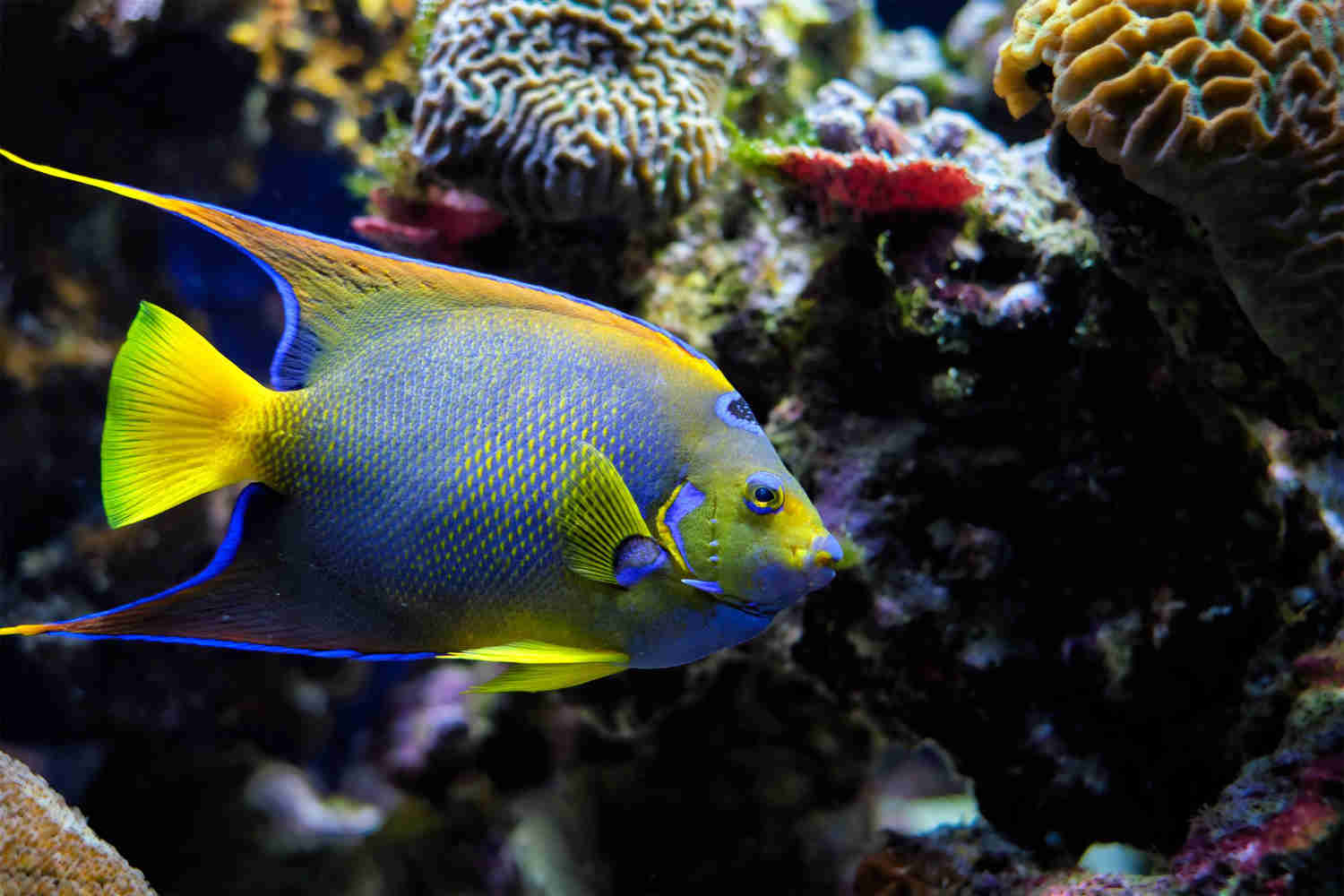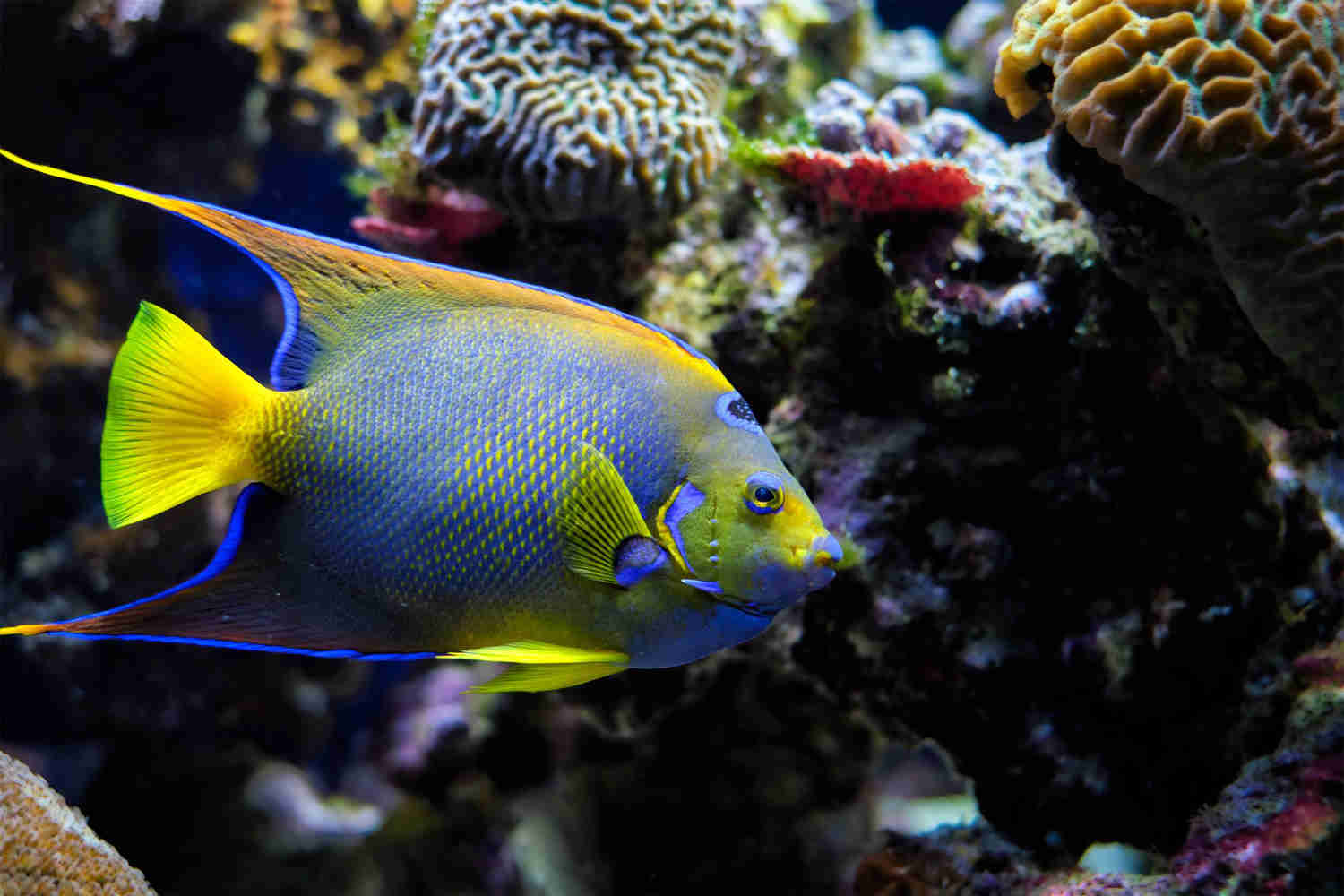If you’re a fish enthusiast, you know how important it is to maintain a healthy and clean environment for your aquatic friends. However, one of the most common issues that fish owners encounter is the growth of unsightly and potentially harmful algae in their tanks. Algae can quickly overtake a tank, disrupting the natural ecosystem and causing problems for the fish. Fortunately, there are several effective ways to control algae growth in your fish tank. In this blog post, we’ll explore the top five methods that you can use to keep your tank clean and healthy, and say goodbye to algae for good!
If you have of-your-pet-bird/”>a fish tank, you know how frustrating it can be to deal with algae growth. Algae is a natural part of any aquarium ecosystem, but when it grows out of control, it can be harmful to your fish and make your tank look unsightly. Fortunately, there are several ways to control algae growth in your fish tank. In this post, we’ll explore the top 5 ways to control algae growth in your fish tank.
1. Keep Your Tank Clean
The first and most important step in controlling algae growth in your fish tank is to keep your tank clean. This means regularly changing the water, cleaning the filter, and removing any debris that accumulates on the bottom of the tank. Algae thrives in dirty water, so the cleaner your tank, the less likely algae is to grow.
2. Reduce the Amount of Light Your Tank Receives
Algae needs light to grow, so reducing the amount of light your tank receives can help control algae growth. You can do this by placing your tank in a location that doesn’t receive direct sunlight or by using a timer to limit the amount of time your tank’s lights are on each day. Ideally, your tank should receive no more than 8-10 hours of light per day.
3. Use Algae-Eating Fish
 - Copy.jpg)
Some fish, such as plecos and Siamese algae eaters, are known for their ability to eat algae. Adding one or more of these fish to your tank can help control algae growth. Be sure to research the specific type of algae-eating fish you plan to add to your tank, as some may not be compatible with your other fish.
4. Add Plants to Your Tank
Adding live plants to your tank can help control algae growth in several ways. First, plants compete with algae for nutrients, so the more plants you have, the less nutrients there are available for algae to grow. Additionally, plants release oxygen into the water, which can help create a healthier environment for your fish.
5. Use Algae-Controlling Chemicals
If all else fails, you can use algae-controlling chemicals to help control algae growth in your fish tank. There are several different types of algae-controlling chemicals available, including algae inhibitors, algaecides, and copper-based treatments. Be sure to research the specific type of chemical you plan to use and follow the instructions carefully, as some chemicals can be harmful to your fish.
Overall, controlling algae growth in your fish tank is essential for the health and wellbeing of your fish and the overall appearance of your tank. By keeping your tank clean, reducing the amount of light your tank receives, using algae-eating fish and live plants, and using algae-controlling chemicals when necessary, you can keep algae growth under control and enjoy a beautiful and healthy fish tank.
Algae growth can be a frustrating and unsightly problem for fish tank owners. However, with the right strategies and techniques, it can be easily controlled and prevented. By following the top 5 ways to control algae growth that we have discussed in this post, you can ensure a healthy and beautiful environment for your fish to thrive in. So, say goodbye to algae and hello to a clean and clear fish tank!


%20-%20Copy.jpg)

%20-%20Copy.jpg)



